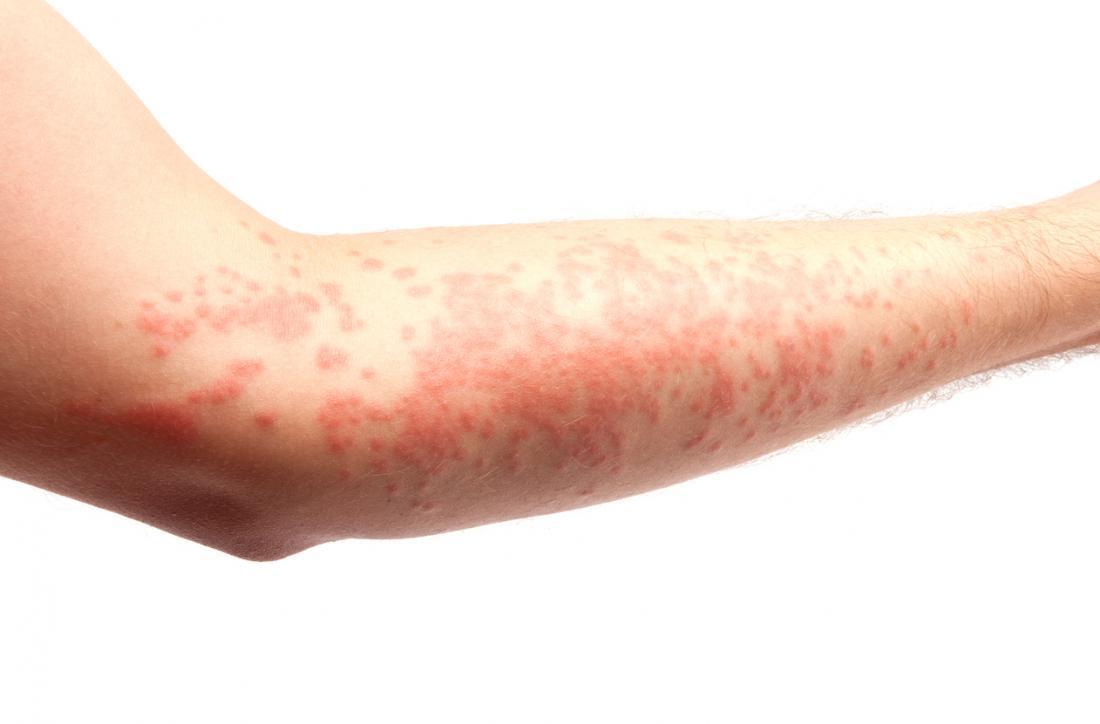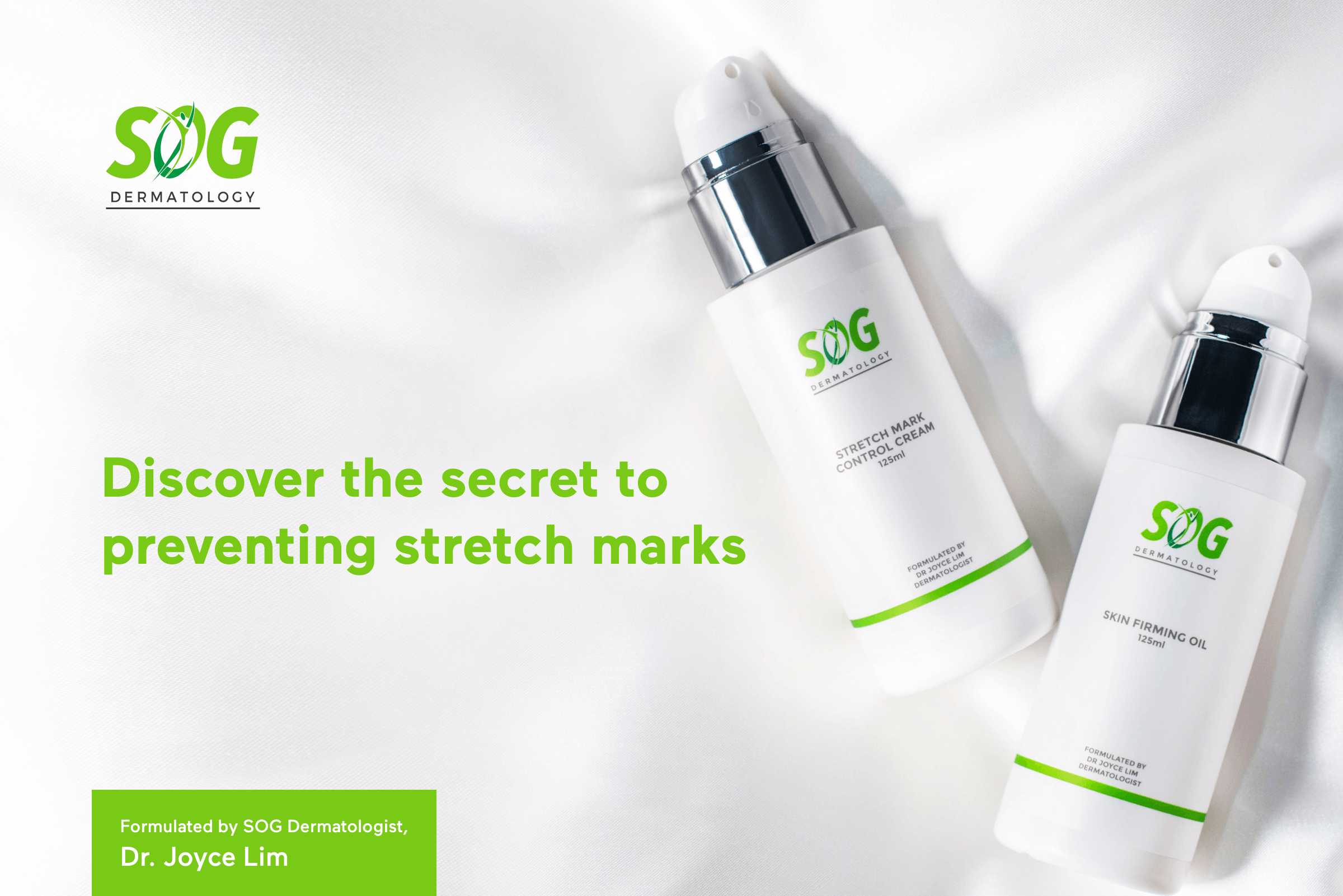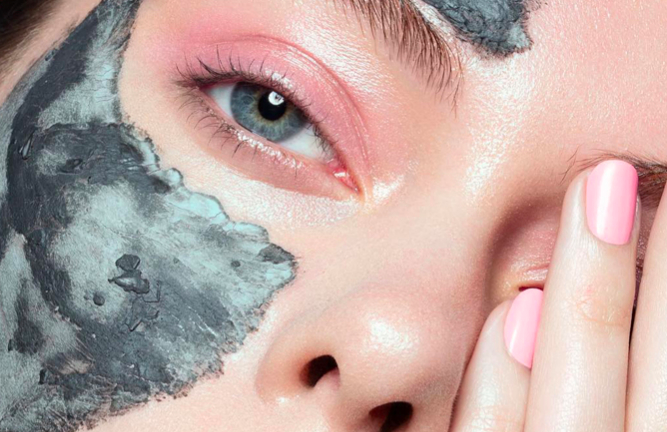Lifestyle and Beauty
Hives (Urticaria): Causes, Symptoms & Treatment

Urticaria, commonly referred to as hives, are red/pink, raised, and itchy rashes that usually appear as lumps or blemishes on the skin. Hives cause itching, but they may also sting or burn. They can appear anywhere on your body, including the face, throat, tongue, lips, ears, hands, or legs.
When urticaria develops around your eyes or lips, the affected spot may swell excessively. Hives vary in size and range from a few millimetres to several centimetres. You can easily confuse them for mosquito bites when they first appear, but the swelling disappears within a few hours and may reappear later on.
Chronic hives occur almost daily, and they last for more than six weeks. In most cases, the cause is unknown. The prevalence of hives in Singapore is quite similar to that reported in western countries at approximately 42% of the population.
Symptoms & Appearance Of Hives
One of the most common symptoms of hives is the development of wheals that appear as rashes on your skin. These rashes can be extremely itchy and usually have a red flare around them. Itching may be severe and cause painful swelling of your eyelids, lips, and inside of your throat.
The wheals may occur in batches on your face, arms, hands, legs, and toes. They will typically disappear within 24 hours, but new ones may form later on. You may also experience a tendency for signs and symptoms to flare when exposed to possible triggers such as emotional stress, heat, drugs, and physical exercise.
Symptoms can last anywhere between a few minutes to several months. Although hives resemble bug or mosquito bites, they may move around, change shape, disappear, and reappear over short periods. Pressing the centre of a hive makes it turn white.
Causes & Triggers Of Hives
Hives occur when a trigger causes high levels of histamine and a wide range of other chemical messengers to be released in your skin. These chemical substances cause the blood vessels in the affected skin areas to open up and become leaky. The extra fluid in your skin tissues causes swelling and itchiness. Possible triggers include:
Insect Stings Or Bug Bites
Most bug bites and insect stings cause some form of redness, swelling, and itching on your skin. Sometimes, the chemicals that the insect releases into your skin cause more than a small bump. Hives may form when your body experiences an allergic reaction to an insect sting.
Specific Foods
Some food additives and preservatives such as tartrazine may trigger urticaria. In most cases, hives will appear within a few minutes or hours after consuming the food depending on its rate of absorption. Foods that can trigger hives include; eggs, fresh fruits, milk, cheese, nuts, yeasts, spices, tomatoes, and fish.
Infections
You should always watch out for hives when you develop bacterial or viral infections. Even the common cold and flu virus can sometimes trigger hives.
Drugs
Many types of drugs can trigger hives, while others tend to aggravate chronic hives. Medications that can trigger hives include; antibiotics such as sulphonamides & penicillin and painkillers such as codeine & aspirin. If you take any drug and you start noticing signs of hives on your skin, suspect it even if you have been taking it for a long time without any side effects.
Emotional Stress
When you are under pressure, chances of your hormones surging are relatively high. That forces your body into a condition referred to as “fight-or-flight” mode. This situation can easily set off a host of body reactions that may trigger hives.
Physical Elements
Physical elements such as sunshine and cold can also trigger hives. You can be allergic to sunlight or cold, and when the reaction happens, you develop hives only on the parts of your skin that have been exposed to the physical element.
Pets
Pet dander can trigger hives so fast. Saliva from dogs and cats are also other potential triggers that come from your pet. If you notice red or pink rashes on your skin after playing with your pet or grooming it, your little friend is probably the cause of your pain and blotches.
Diagnosis Of Urticaria
Most people with hives do not need any specialised testing. The diagnosis of this condition is mostly based on your symptoms and a simple physical examination. Your doctor will conduct a physical exam of your skin and ask you a few questions to understand what might be causing your symptoms.
He/she may ask you to keep track of your daily activities, what you eat, any medications or dietary supplements you take, where your hives appear, and whether the hives come with painful swelling.
In some cases, your doctor may recommend any of the following tests if your condition does not resolve within six weeks:
Allergy Test
A simple skin prick test is commonly used to test for or confirm an allergy. During allergy test, the back or inner side of your forearm is cleaned thoroughly and pricked with a small amount of suspected allergen.
If you are allergic to the substance, your skin will react, and it may turn red and itchy. Since the amount of the allergen is so small, there is little risk of the test triggering a severe allergic reaction.
Blood Test
A blood test also referred to as a radioallergosorbent test (RAST), is an alternative to an allergy test. While an allergy test determines how your skin reacts to specific allergens, a RAST test allows you to identify what substances you are allergic to so that you can avoid them.
This test usually checks the blood for specific IgE antibodies. Your doctor will draw a sample of your blood and test it to determine if it contains antibodies for a particular substance such as pollen or peanuts.
If your blood sample contains antibodies that are specific to a given substance, it means that you are allergic to that substance. These antibodies may cause itching, rashes, and other symptoms related to hives.
Skin Biopsy
Skin biopsy involves removing a small sample of your skin so that it can be examined under a microscope. This test can be used to identify some of the uncommon causes of hives. Your doctor may also recommend a skin biopsy if you have chronic hives along with other symptoms such as severe pain, swelling, fever or discolouration of your skin.
Hives Treatment
In most cases, hives are harmless and disappear after some time. Children usually outgrow some of the allergies that cause hives. The best treatment option for hives is to identify and get rid of the trigger, but that is not always an easy thing to do.
If your hives persist, your doctor may recommend non-sedating antihistamines that you need to take regularly for several weeks. When taken orally, antihistamines take approximately 90 minutes to relieve an already formed hive.
Antihistamines work by blocking the effects of histamine, stopping the itching, and reducing the rash. Common antihistamines used in treating hives include Fexofenadine, Cetirizine, Loratadine, and Desloratadine.
Some antihistamines cause drowsiness, and it is highly recommended that you check with your doctor before taking these drugs, especially if you are breast-feeding, pregnant, or have a chronic medical condition.
If your hives cause breathing difficulties or appear on the tongue or lips, your doctor may prescribe an epinephrine auto-injector such as EpiPen. In some cases, he/she may recommend a combination of two or more antihistamines to treat your hives.
If antihistamines are not sufficient to control your hives, your doctor may prescribe a short course of oral steroid.
For more severe chronic hives, other alternative treatment options can be used to control the flare. One of the latest treatments is called Omalizumab, which is a monoclonal antibodies injection treatment.
When To Seek Medical Care
Hives do not put you at any risk of suffering a severe allergic reaction. However, if you do experience hives as part of a severe allergic reaction, make sure that you seek emergency medical care.
Signs and symptoms of a severe allergic reaction include; dizziness, difficulty breathing, wheezing, and swelling of your tongue, eyelids, and lips.
You should seek medical care when you experience chronic hives since they could be a sign of an underlying medical condition such as thyroid disease. In addition, you should also seek expert help if your hives are poorly controlled.
Read this next ...
WHO WE ARE
About SOG Health Pte. Ltd.
Established in 2011, SOG Health Pte. Ltd. (“SOG”) is a leading healthcare service provider dedicated to delivering holistic health and wellness services to the modern family.
With a long and established track record in Singapore providing Obstetrics and Gynaecology (“O&G”) services such as pre-pregnancy counselling, delivery, pregnancy and post-delivery care, the Group has since further expanded its spectrum of healthcare services to include Paediatrics, Dermatology, and Cancer-related General Surgery (Colorectal, Breast & Thyroid).
The Group’s clinics, under its four operating segments of O&G, Paediatrics, Oncology and Dermatology, are strategically located throughout Singapore to provide easy access to its patients.
- Obstetrics
- Gynaecology
- GynaeOncology
- Breast, Thyroid & General Surgery
- Colorectal, Endoscopy & General Surgery
- Dermatology
- Paediatrics
Consult With A Specialist From SOG
Visit one of our specialists today to learn more about your health!
Recommended Dermatologists
Book An Appointment
Fill up this form and our clinic will get back to you shortly.
For general enquiries, please click here.






